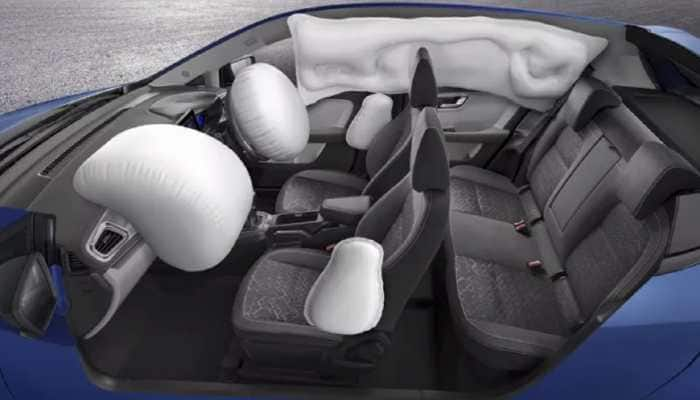Not just Earth but Pluto too receives snowfall!
Penitentes are snow and ice features formed by erosion that, on the Earth, are characterised by bowl-shaped depressions with blade-like spires around the edge that rise up to several metres.
Trending Photos
)
New Delhi: Scientists have found evidence of snow and ice features, known as 'penitentes' on Pluto using a similar model to that of meteorologists.
Penitentes are snow and ice features formed by erosion that, on the Earth, are characterised by bowl-shaped depressions with blade-like spires around the edge that rise up to several metres.
Until now no penitentes have been identified conclusively on planetary bodies other than the Earth.
The new research, published in the journal Nature, indicates that these icy features may also exist on other planets where environmental conditions are similar.
"This test of our terrestrial models for penitentes suggests that we may find these features elsewhere in the solar system, and in other solar systems, where the conditions are right," said lead researcher John Moores of York University, Toronto, Canada.
Though Pluto`s environment is very different from the Earth`s -- it is much colder, the air much thinner, the sun much dimmer and the snow and ice on the surface are made from methane and nitrogen instead of water -- the same laws of nature apply, Moores said.
The identification of these ridges in Pluto`s informally named Tartarus Dorsa area suggests that the presence of an atmosphere is necessary for the formation of penitentes, which would explain why they have not previously been seen on other airless icy satellites or dwarf planets, Moores said.
"In fact, we were able to match the size and separation, the direction of the ridges, as well as their age: three pieces of evidence that support our identification of these ridges as penitentes," Moores noted.
The research was done in collaboration with scientists at the Johns Hopkins University Applied Physics Laboratory and NASA Goddard Space Flight Center.
(With PTI inputs)
Stay informed on all the latest news, real-time breaking news updates, and follow all the important headlines in india news and world News on Zee News.
Live Tv







)
)
)
)
)
)
)
)
)
)
